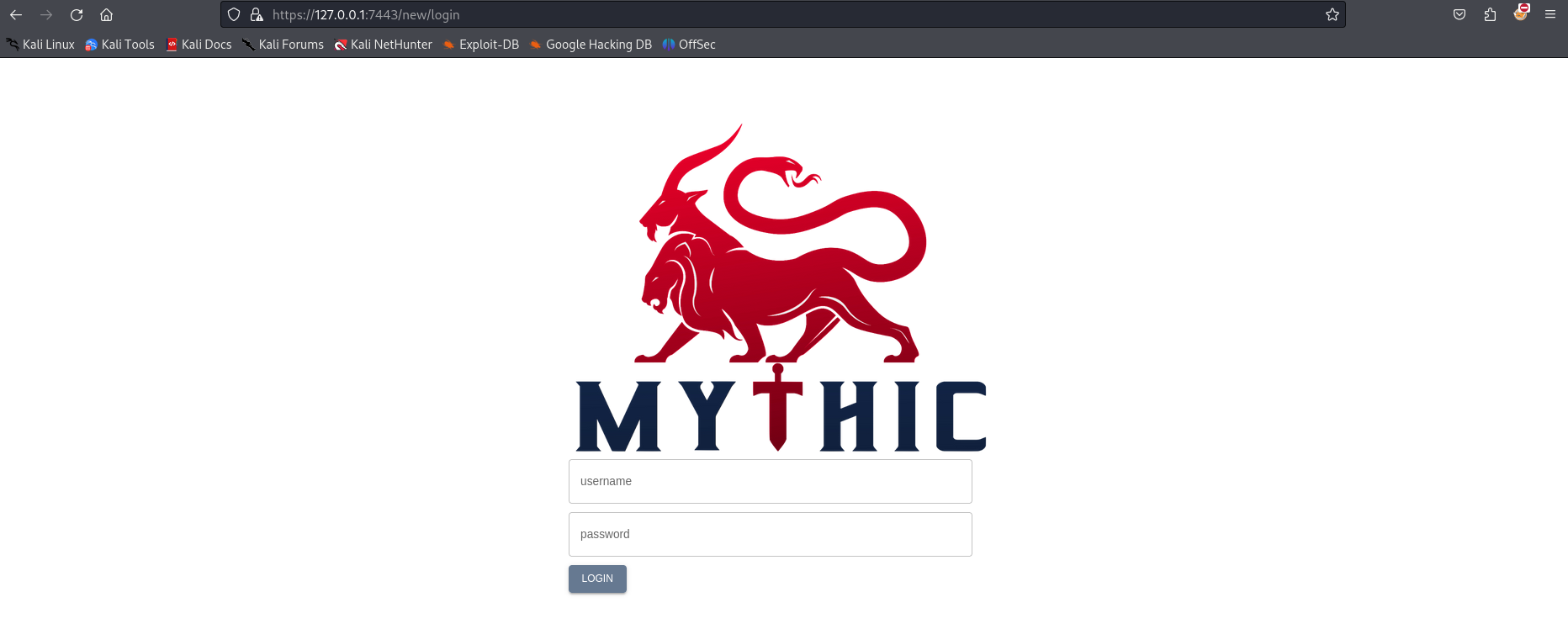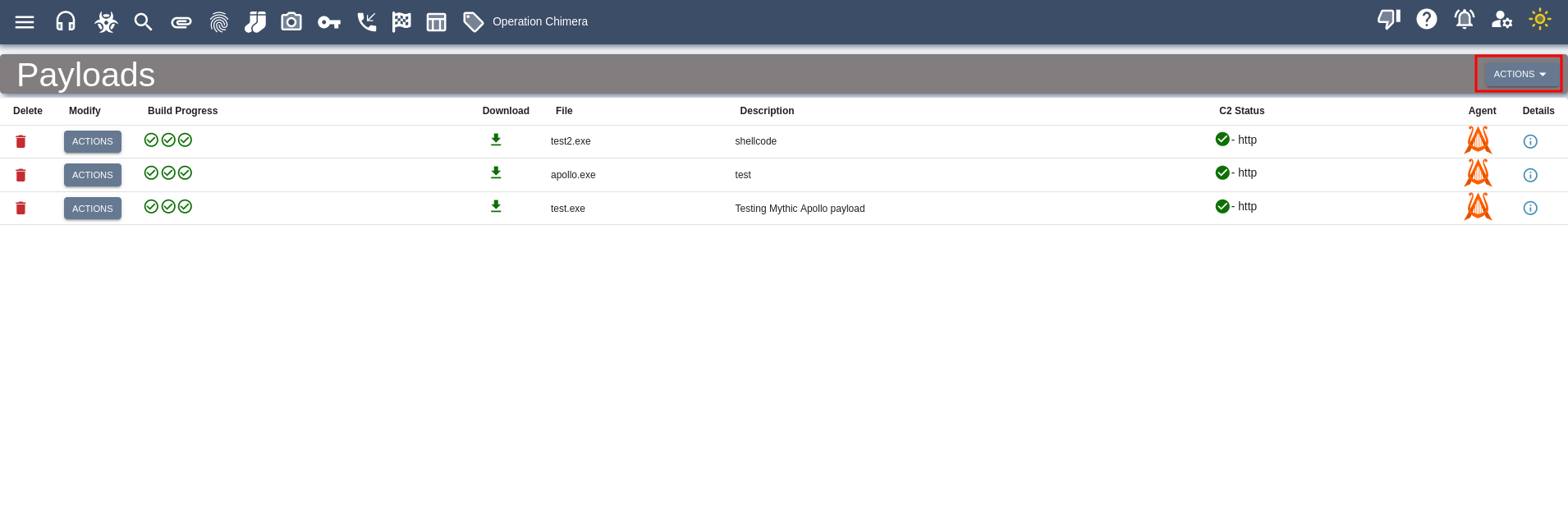Mythic C2 Framework Installation
The Mythic C2 Framework is a powerful, open-source tool used for Command and Control (C2) in cybersecurity contexts, particularly for red teaming and penetration testing. Developed by Mythic, it provides a flexible and modular approach to managing and executing C2 operations. Here’s a brief introduction:
Key Features:
Modular Design: The framework is highly modular, allowing users to customize and extend its functionality. It supports various communication methods, including HTTP, HTTPS, and TCP, making it adaptable to different environments and needs.
Cross-Platform Support: Mythic C2 can be used on various operating systems, including Windows, Linux, and macOS. This broad compatibility makes it a versatile tool for different testing scenarios.
Extensibility: Users can create and integrate custom plugins and agents, enabling them to tailor the framework to their specific requirements. This flexibility is particularly valuable for advanced users who need specialized functionalities.
User Interface: The framework includes a web-based user interface that facilitates the management of C2 operations. This interface provides a central point for controlling and monitoring agents, issuing commands, and analyzing results.
Integration with Other Tools: Mythic C2 can be integrated with other tools and frameworks, enhancing its capabilities and allowing for a more comprehensive approach to security testing.
Community and Support: As an open-source project, Mythic C2 benefits from community contributions and support. Users can access a wealth of resources, including documentation, forums, and updates from the development team.
Use Cases:
Red Team Operations: Mythic C2 is often used by red teams to simulate real-world attacks, assess the effectiveness of defensive measures, and improve an organization’s overall security posture.
Penetration Testing: Pen testers utilize the framework to test the resilience of systems and networks, identifying vulnerabilities and weaknesses that could be exploited by malicious actors.
Security Research: Researchers use Mythic C2 to explore new attack techniques, develop defensive strategies, and advance the field of cybersecurity.
Getting Started:
Pre-requesites
Before installing Mythic, there are a few prerequisites you’ll need to address. First, ensure that Docker is installed on your machine.
Installing docker.io on Kali Linux
1
2
3
4
sudo apt update
sudo apt install -y docker.io
sudo systemctl enable docker --now
docker
Add your User to the docker group (This allows you to run docker commands without sudo). Once you logout and back in again it will take effect.
1
sudo usermod -aG docker $USER
Installing docker-ce on Kali Linux
Set the Docker repository:
1
2
echo "deb [arch=amd64 signed-by=/etc/apt/keyrings/docker.gpg] https://download.docker.com/linux/debian bookworm stable" | \
sudo tee /etc/apt/sources.list.d/docker.list
Import the gpg key:
1
2
curl -fsSL https://download.docker.com/linux/debian/gpg |
sudo gpg --dearmor -o /etc/apt/keyrings/docker.gpg
Install the latest version of docker-ce:
1
2
sudo apt update
sudo apt install -y docker-ce docker-ce-cli containerd.io
Start Docker:
1
systemctl start docker
[!NOTE] If you experience issues installing Docker CE with the steps above, you can install Docker.io and Docker-CE with the following steps:
1
2
3
4
5
6
7
curl -fsSL https://download.docker.com/linux/debian/gpg | apt-key add -
echo 'deb [arch=amd64] https://download.docker.com/linux/debian buster stable' | tee /etc/apt/sources.list.d/docker.list
apt-get update
apt-get remove docker docker-engine docker.io
apt-get -y install docker-ce
systemctl start docker
systemctl enable docker
Installing Mythic:
Start with cloning the github repo for Mythic.
1
git clone https://github.com/its-a-feature/Mythic.git
Change to the Mythic directory.
1
cd mythic
Mythic is controlled via the mythic-cli binary. Run the following to generate the binary from the main Mythic directory.
1
sudo make
You can now start the Mythic services.
1
sudo ./mythic-cli start
Navigate to https://127.0.0.1:7443/new/login to log into the web GUI. 
To find your login username and password - cd to the main Mythic directory and view the .env file.
Installing Agents
Go to the Mythic github overview page and find the Agent Github link for the agent you want to install:
1
sudo ./mythic-cli install github https://github.com/MythicAgents/Apollo.git
Installing C2 Profiles
Go to the Mythic github overview page and find the C2 Profiles Github link for the C2 Profile you want to install:
1
sudo ./mythic-cli install github https://github.com/MythicC2Profiles/http.git
Creating Payloads
Click Action, Generate New Payload [image of generating payload here] 
Select your Operating System that you are targeting 
Select your payload and build your binary 
Download the payload and transfer it to you victim machine. Execute the payload and wait for the callback.
Click on below and to interact with the agent 
Other Usefull command
Start and Stop Mythic
1
2
sudo ./mythic-cli stop
sudo ./mythic-cli start
References:
https://www.youtube.com/watch?v=kDaebXJFR4o
https://www.kali.org/docs/containers/installing-docker-on-kali/#installing-docker-ce-on-kali-linux
https://github.com/its-a-feature/Mythic

